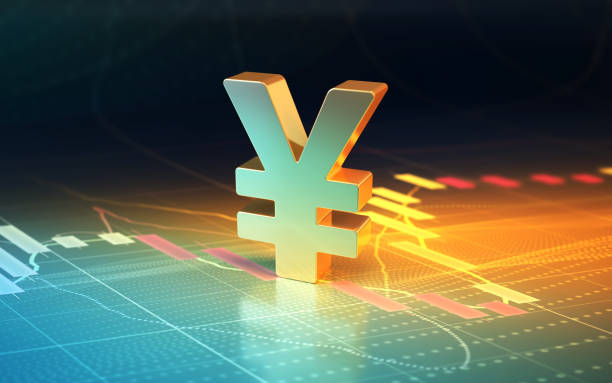Japanese Yen falls as a result of poor domestic wage growth data.
The Japanese yen (JPY) falls for the second day in a row versus the US dollar, sending the USDJPY pair to a new weekly high on Wednesday. However, spot prices remain below the 145.00 psychological level as the European session begins, seeking a new catalyst before the next leg up. Meanwhile, the fundamental backdrop appears to be biased in favor of bulls, implying that the path of least resistance is bullish. Spot price resistance is to the upward.
Tokyo’s inflation rate is dropping, according to data released on Tuesday. Furthermore, the Labour Ministry stated earlier today that real wages in Japan fell for the 20th month in a row in November, supporting market expectations that the Bank of Japan (BoJ) will maintain its ultra-dovish policy stance at its meeting on January 22-23. This, together with government stimulus measures in the aftermath of a terrible earthquake, should delay the Bank of Japan’s aim to exit negative interest rates.
A positive risk tone further weakens the yen and pushes the USDJPY to a new weekly high.
Aside from that, a consistent performance in equity markets undermines the safe-haven JPY and acts as a tailwind for the USDJPY pair. Nonetheless, the US Dollar (USD) has been under pressure due to uncertainties about the Federal Reserve’s (Fed) rate-cutting course. Is preventing bulls from putting new bets and limiting gains. Market traders were hesitant as well, preferring to wait for the latest consumer inflation numbers from the United States (US) to be released on Thursday.
Daily Market Movers: The Japanese yen appears vulnerable despite expectations of no action by the Bank of Japan in January.
The Japanese Yen continues to fall in value after the Labour Ministry revealed on Wednesday that inflation-adjusted real wages decreased 3.0% year on year in November.
Furthermore, nominal pay growth in Japan was 0.2% in November, the smallest in nearly two years, compared to a 1.5% increase the previous month.
This comes on top of Tuesday’s statistics, which revealed that Tokyo’s core Consumer Price Index (CPI) slowed to the lowest level since 2007. In December, the YoY rate was 2.1%, matching a low set in June 2022.
This dampens expectations for a hawkish flip by the Bank of Japan, which considers wage developments and inflation forecasts as significant factors in determining the end of its zero rate policy.
According to the Asahi newspaper, Japan’s government is considering boosting budget reserves to 1 trillion Yen for the new fiscal year beginning in April to cover earthquake reconstruction costs.
Earlier on Tuesday, Japanese Prime Minister Fumio Kishida’s cabinet approved spending of 4.74 billion Yen from fiscal 2023/24 reserves for aid such as water, food, diapers, and heaters.
The yield on the benchmark 10-year US government bond remains over the 4.0% mark, despite lower expectations for an early interest rate hike. rate cut and offers strength to the US Dollar.
The underlying background favors the USDJPY pair additional strengthening, however bulls may wait for US consumer inflation data on Thursday.









